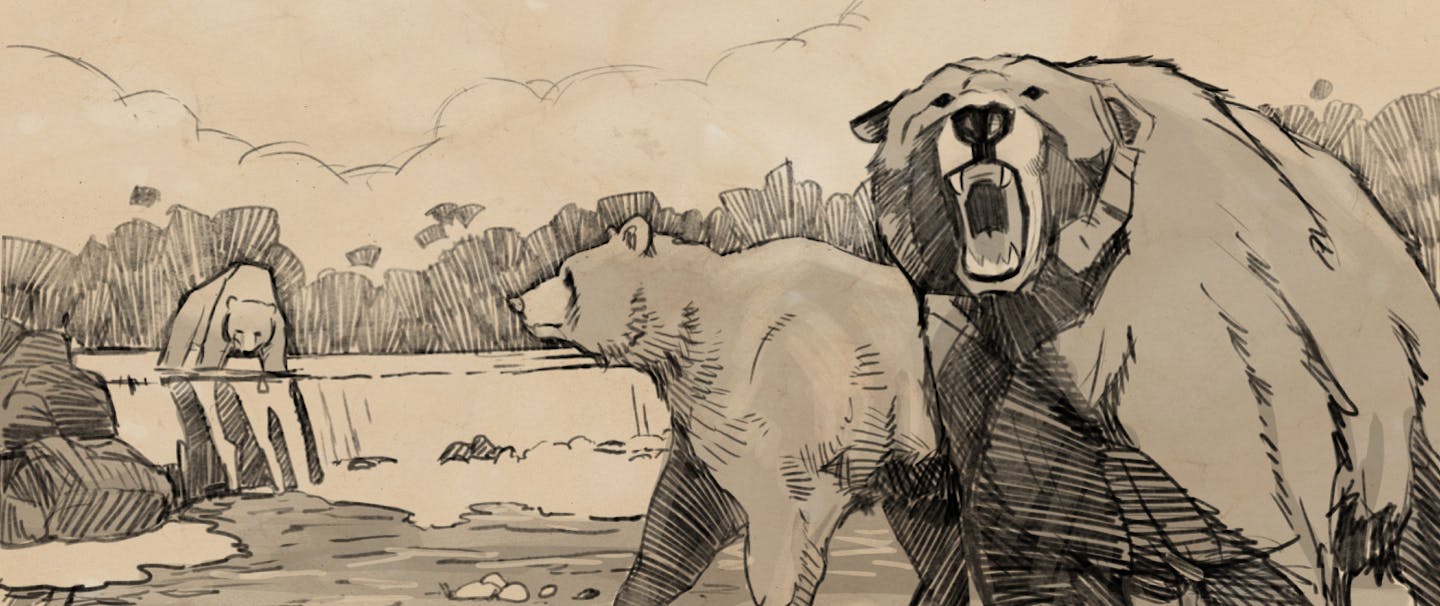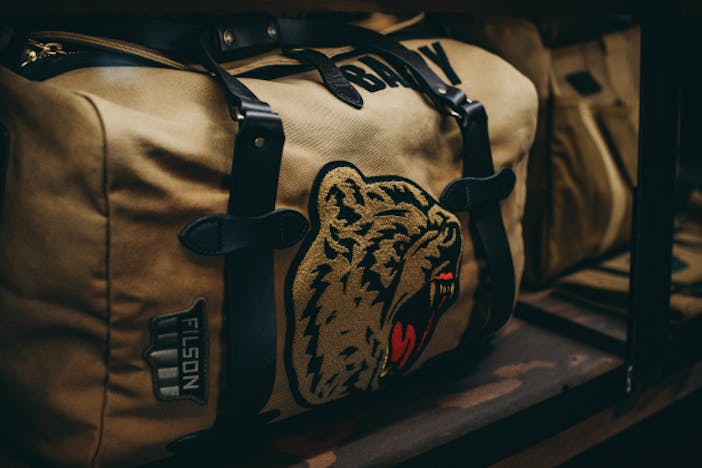Consciously or unconsciously, humans, bears, and mountain lions, along with many other large mammals, all speak the same language with their bodies. The body language of an unleashed dog on the porch lazily lifting its head to watch you pass tells you it is no threat.
Similarly, without him saying a word, you immediately feel uneasy about an unknown large man staring at you intently as he moves directly at you. The key to maintaining good relations with large carnivores is to pick up on the messages they are sending to us and responding thoughtfully with our own intentional communications.
The building blocks of this shared language are body posture, eye contact, movement, and tone of voice/sounds. Humans, bears, and mountain lions find another large creature facing them directly, staring them in the eyes, making loud noises, and approaching as a threat. Similarly, a creature that faces sideways or away, makes quiet soothing sounds, doesn’t make eye contact, and either stays very still or moves slowly away, comes across as submissive.
Most of the time, bears prefer avoiding conflict with humans.
Black Bears and Grizzly Bears
Bears are extremely flexible in their behavior and their intentions around people. When interpreting the actions of bears, remember that they have very poor eyesight but good hearing and an exceptional sense of smell. Knowing this helps us understand their actions and avoid interactions that are stressful for both humans and bears. Help bears know you are coming by making some noise when you are traveling into the wind or coming around a blind corner on the trail. This way, both you and the bear can work to avoid unwanted encounters.
Most of the time, bears prefer avoiding conflict with humans. This is communicated by moving quickly away when they see a person, or standing their ground but adopting a posture that initially reflects neutrality rather than aggression. Occasionally, bears become curious about people, and this might be expressed by circling and smelling as they gather more information or tentatively approaching with cautious body language. If a bear sees you from a distance, it might not know what you are.
Circling and smelling is them attempting to pick up your scent to understand what you are. In circumstances like this, humans can respond by acting in a nonthreatening and educational way. Talk to it in a conversational tone, telling it you are a human. Either stop moving or move slowly to increase your distance from the bear.
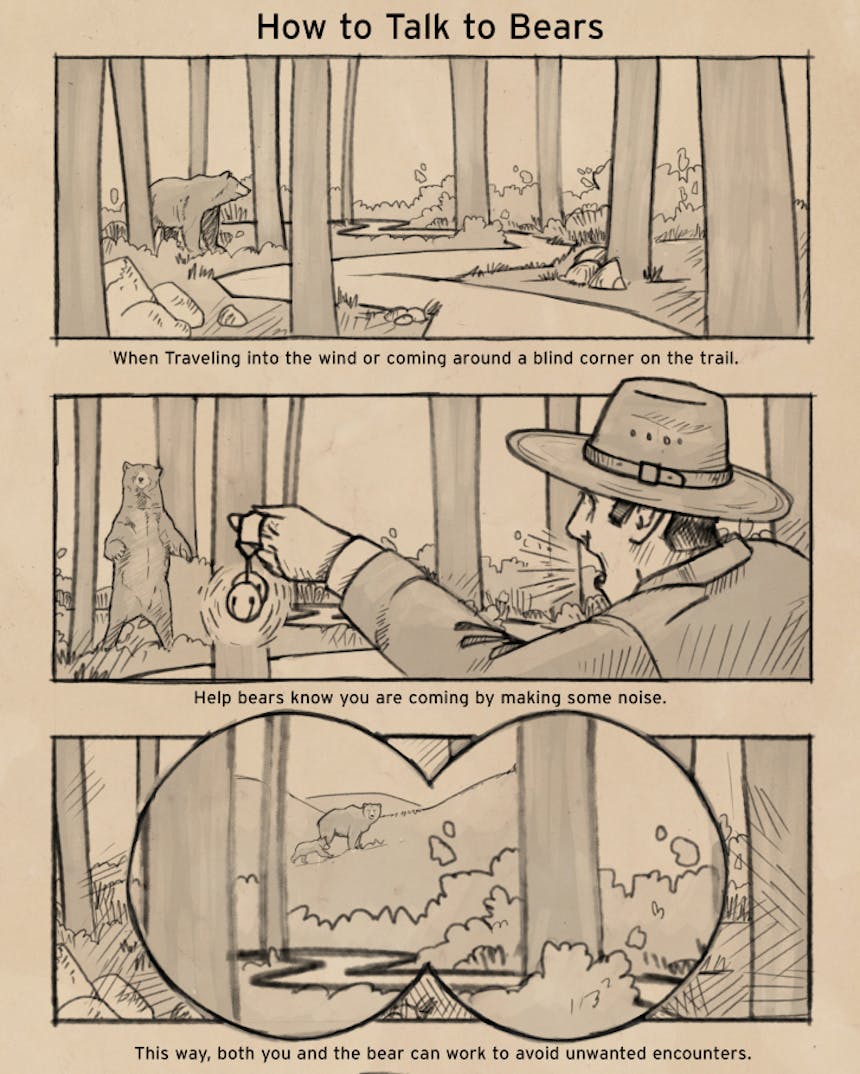
If you surprise a bear at close range, they may communicate that they are threatened by you. Running away is one way they might do that. Acting aggressively is another. “Fight or flight” is what we call these two instinctive responses in both humans and other animals. Grizzly bears tend to adopt the fight response more readily and strongly than black bears, but both species are capable of both responses.
They might stomp their feet, face you squarely, make grunting or huffing noises, stand on their hind legs, or even approach or charge you. They might communicate this way as well if they feel you are threatening something they want, such as food. A mother defending her cub may adopt these behaviors as well. Your job in these circumstances is to help the bear understand you are not a threat through using nonconfrontational body language.
Without turning your back, face away from the bear. Don’t look it in the eyes, and stay silent or speak in a soothing way. Stay still or slowly back out of the situation, carefully increasing the distance between you and the bear. If anything you do seems to aggravate the bear more, stop. If the bear charges or approaches you, don’t run—continue your nonconfrontational approach. If it makes contact with you, curl up and protect your face and neck.
Very rarely, bears may act in a predatory way toward humans. As opposed to their confrontational stance described above, they might stalk you, moving stealthily to avoid being detected, and ultimately attack. If this is the behavior of a bear you encounter, treat it the same way you would a mountain lion doing the same thing.
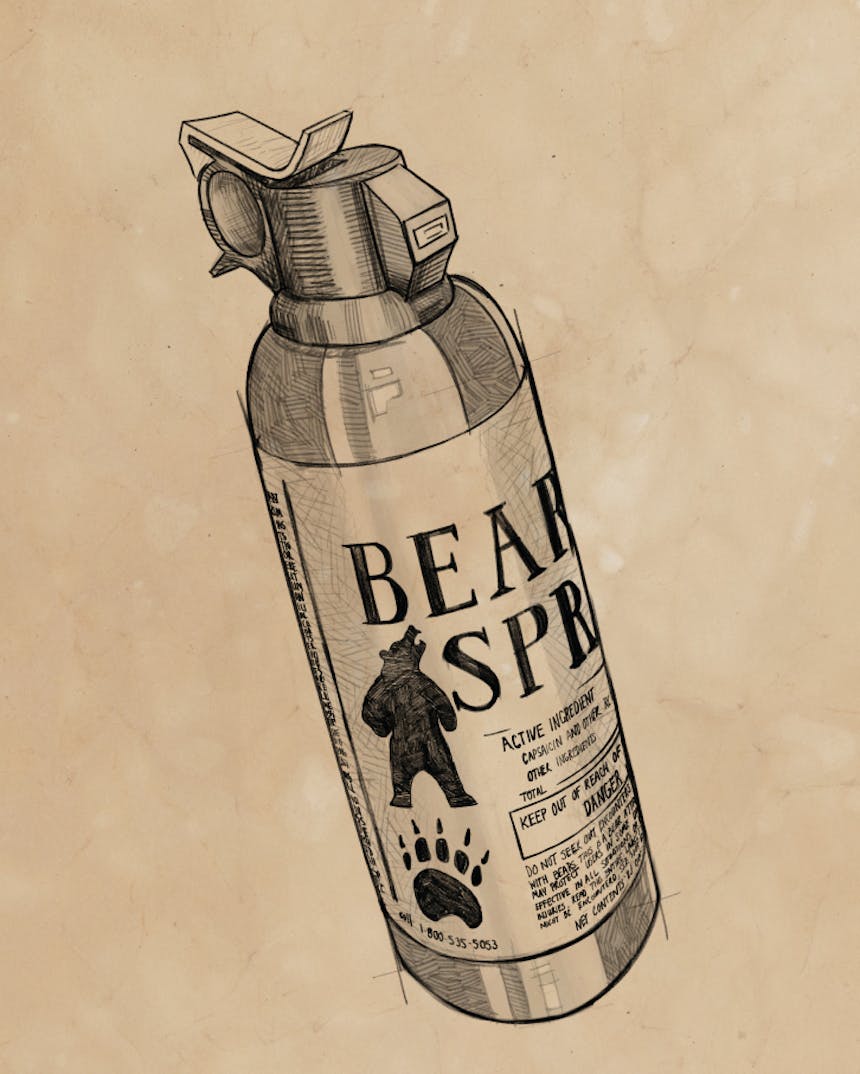
If you carry bear spray, make sure you know how to use it and keep it within reach whenever you might encounter a bear. If your initial body language doesn’t defuse the situation, wait until the bear is within fifteen feet to discharge the spray. Bear spray works equally effectively on mountain lions.
PEOPLE HAVE FENDED OFF MOUNTAIN LIONS WITH STICKS, ROCKS, EVEN A PEN.
Mountain Lions
The vast majority of encounters between mountain lions and humans are known only to the cat, with the human passing by unaware of the lion’s presence. Mountain lions almost always seek to avoid being detected and, if detected, avoid conflict with a human. Unlike bears, which will sometimes stand their ground when they see a human threatening them or something they want, mountain lions will almost always flee. Mountain lions abandon the carcasses of animals they have killed when bears or humans approach, choosing to avoid conflict rather than defend their food.
On rare occasions, mountain lions will be curious about people and watch them even after it becomes clear that the human is aware of their presence. Also in very rare circumstances, mountain lions will act predatory toward humans. If a mountain lion follows, stalks, or attacks you, your job is to let it know, in no uncertain terms, that you are not its prey and that actually you pose a very large threat.
The same body language a bear uses to intimidate you will work well to intimidate a mountain lion. Face it squarely. Look it directly in the eyes. Make yourself look large. Make loud, intimidating noises. If these things don’t turn it around immediately, you can escalate to throwing things and, if it gets close enough, hitting it with whatever you have available. People have fended off mountain lions with sticks, rocks, even a pen. Mountain lions are used to prey that run away and don’t fight back. Communicate that that’s not you!
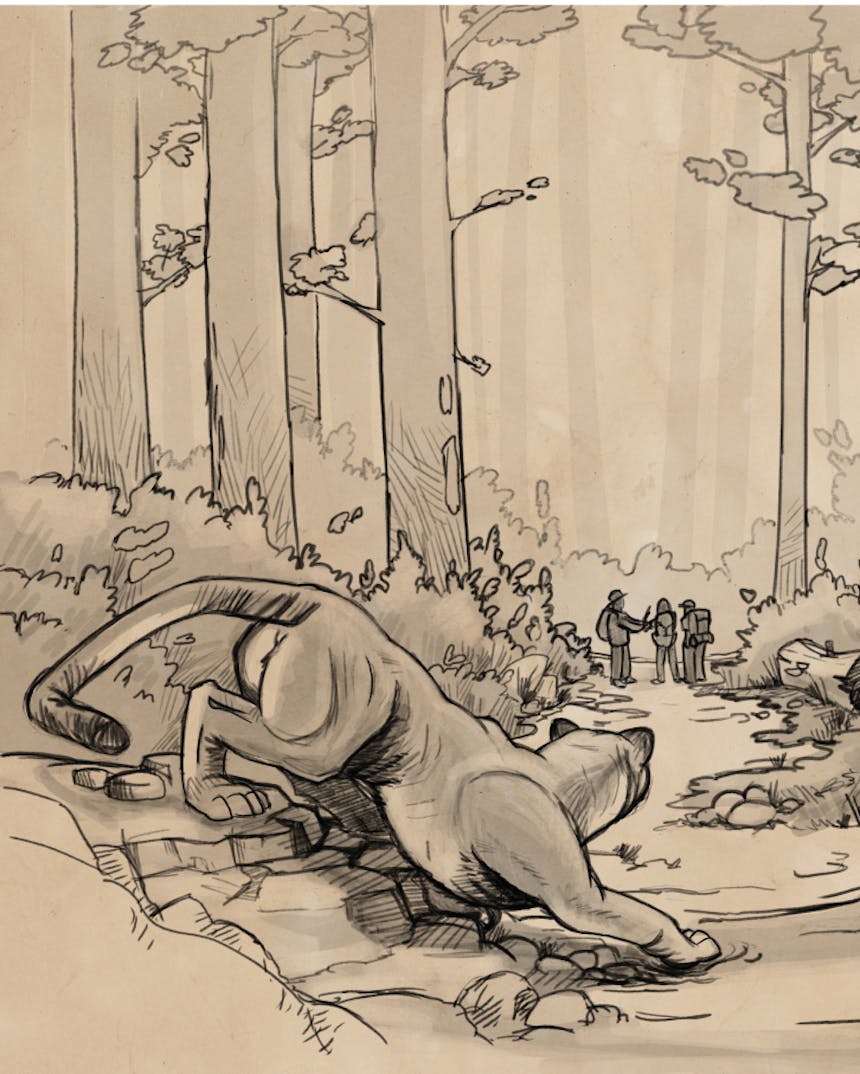
ABOUT THE AUTHOR
David Moskowitz lives in north-central Washington, works as a wildlife biologist and photographer, and provides professional-level training and certification in wildlife tracking. He is the author and photographer of three books: Wildlife of the Pacific Northwest, Wolves in the Land of Salmon, and Caribou Rainforest.
